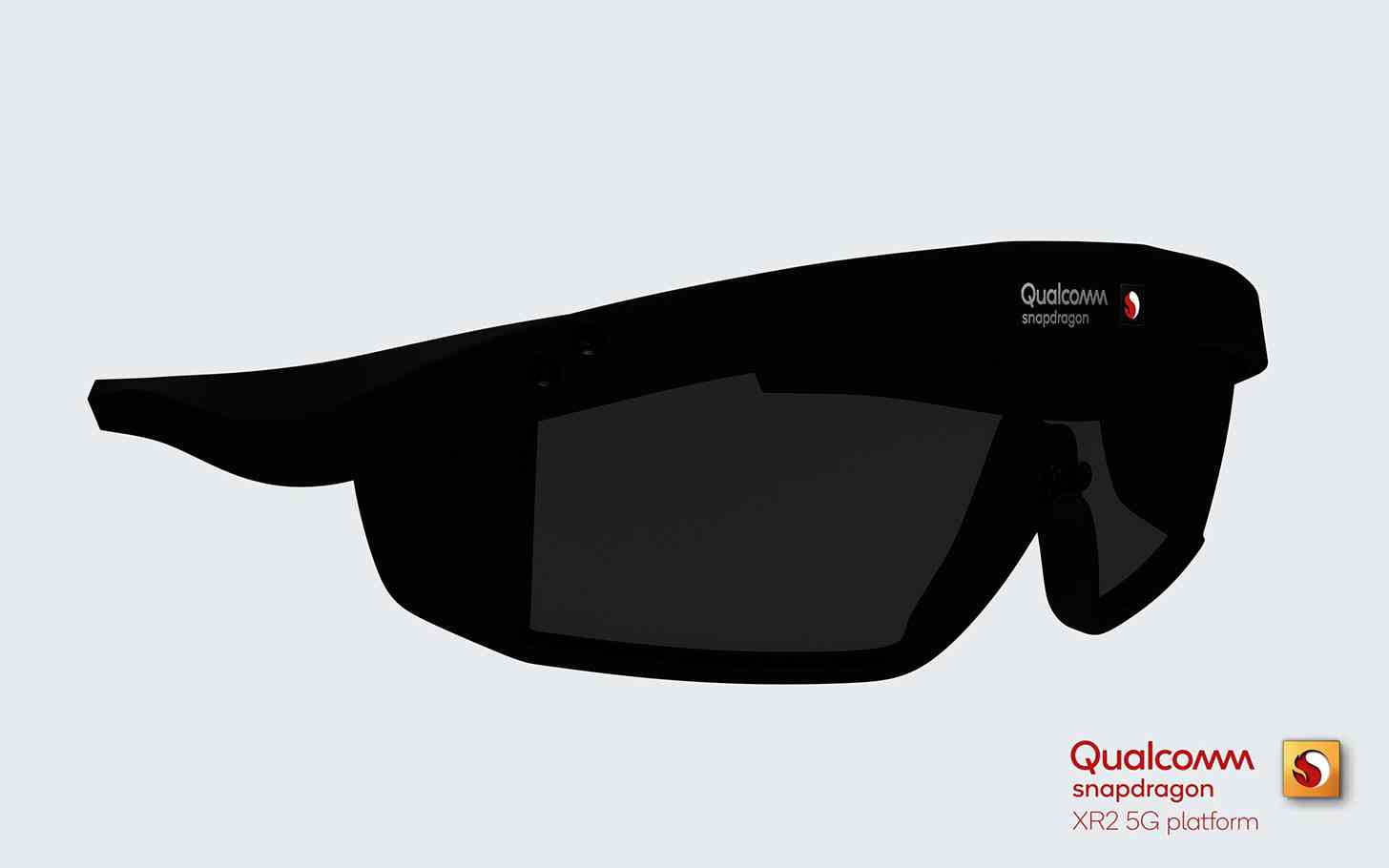
After introducing its new Snapdragon 865 and 765 processors for mobile devices, Qualcomm today took the wraps off of a new platform aimed virtual and augmented reality.
The Snapdragon XR2 is a new chipset that's part of Qualcomm's extended reality (XR) series. It's the follow-up to the first XR platform, which is powered by a Snapdragon 835 processor that was first announced in 2017. This means that the XR2 can offer some solid performance gains.
Qualcomm touts that the Snapdragon XR2 offers twice the CPU and GPU performance of its predecessor. The XR2 also supports 4x more video bandwidth, 6x higher resolution, and 11x AI improvement. Diving into specifics, the XR2 display panel supports up to 3K by 3K resolution per eye at 90fps as well as 8K 360-degree videos at 60fps.
There's support for up to seven concurrent cameras in the Snapdragon XR2 along with a dedicated computer vision processor and support for low latency camera passthrough. This could help improve mixed reality, helping you to better see and interact with a mix of virtual reality and the real world while wearing a headset. What's more, the multiple concurrent camera support enables tracking of head, lips, and eyes together with 26-point skeletal hand tracking.
When it comes to audio, the Snapdragon XR2 includes an always-on low power Hexagon DSP to support features like voice activation and context detection.
AI and 5G are two other major components of the new Snapdragon XR2. Qualcomm explains that it used AI to improve several aspects of the XR2, including visuals, interactivity and audio. Plus, the XR2 can support 5G connectivity, opening it up to more potential uses.
Qualcomm says that there are "multiple OEMs" that've committed to commercial devices with the Snapdragon XR2 and that other parties are in various stages of prototyping and evaluation.
There's been an increasing focus on virtual and augmented reality in recent years, with the former slowly growing on PCs and video game consoles while the latter has gotten interest from mobile device makers. With all of that growth and the start of the 5G rollout, it makes sense for Qualcomm to introduce a new Snapdragon platform aimed at VR, AR, and MR. That's especially true when you consider that the previous Snapdragon XR platform was using a Snapdragon processor that was a few generations behind the current model.
There's not much known right now about what devices we might see with the Snapdragon XR2 inside, but Qualcomm says that there are several companies committed to making XR2-powered products, so we could hear more soon.